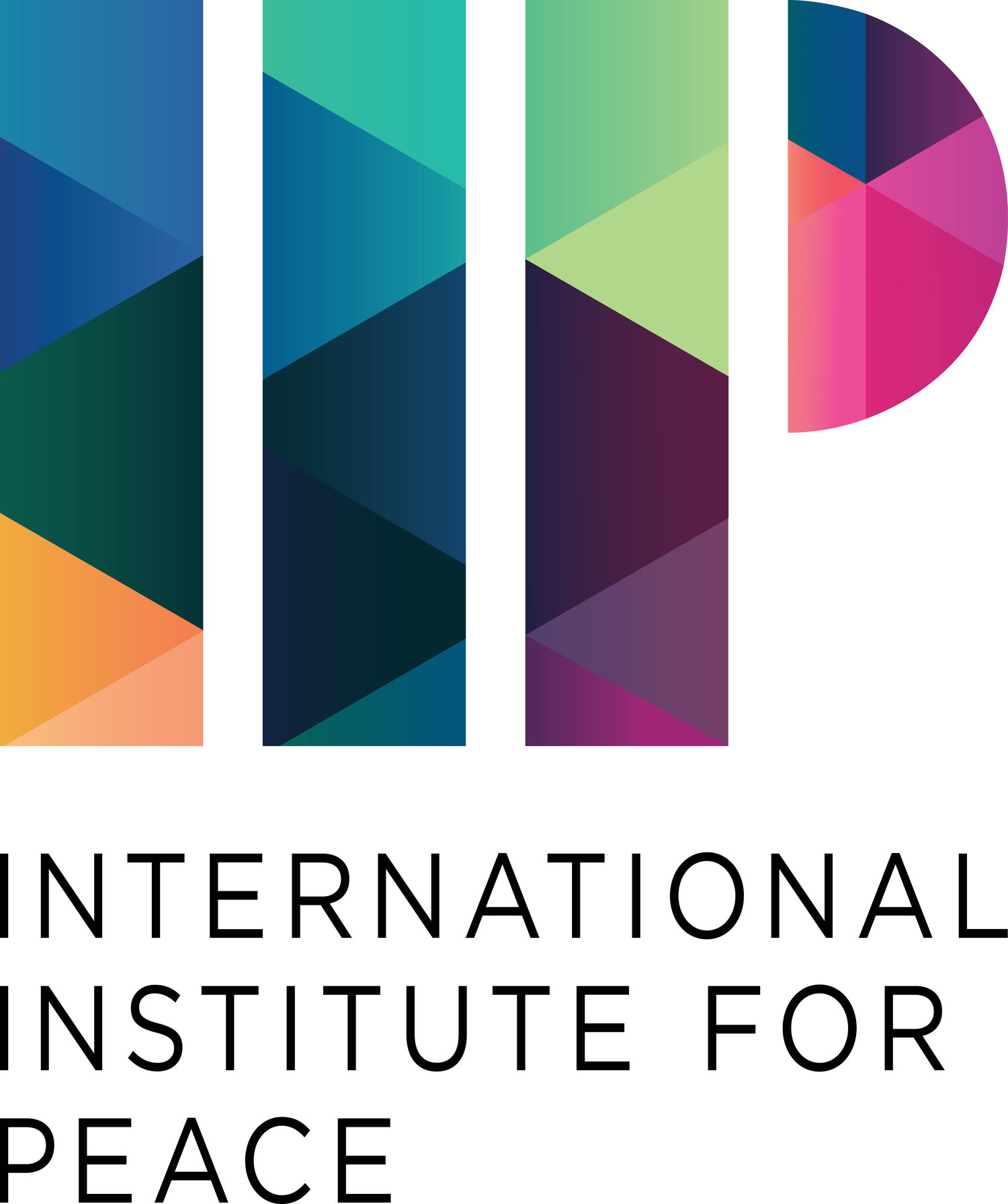For Ukraine’s president Volodymyr Zelensky 2021 started with a radical turn in his political credo: from a peacemaker and bridge builder to a guardian of Ukraine’s sovereignty. This new approach is aimed to win support of the nationalistically minded public after Zelensky’s moderate electorate has been increasingly turning away from him. Late 2020 saw Zelensky’s and his party’s ratings fall dramatically in the aftermath of the local elections. The president faced a standoff with the constitutional court last December that annulled a number of anticorruption laws. This further undermined Zelensky’s political power. To strengthen his position at home, the president turned to the National Security and Defense Council (NSDC) – which he is a head of – to enforce decisions that serve to his political advantage. Thus, citing the NSDC’s concerns about national security threats posed by judges appointed under former President Viktor Yanukovich, he dismissed two constitutional judges in March, including the head of the court.
While previously tolerating and even cooperating with Ukrainian oligarchs, in early 2021 he turned against one of Ukraine’s wealthiest men – Viktor Medvedchuk – who is also known for his close relations with the Kremlin. Again, by decision of the NSDC, Medvedchuk was sanctioned, and his TV channels were banned from broadcasting in Ukraine. Later in May, Medvedckuk – also a member of the Ukrainian parliament – was charged with treason and placed under house arrest. It remains to be seen whether sanctioning Medvedchuk as well as the announcement of a legislative proposal on the status of oligarchs was informed by Zelensky’s wish to restore his own popularity or a genuine desire to rid Ukraine of the oligarchic system. In any respect, the president’s approval ratings increased in March by almost 5% compared to January-February (from 26,5% to 31%).
While domestic power fights preoccupied Zelensky in the last months, a new escalation of the conflict in Ukraine’s east came dangerously close to turning into an open military confrontation with Russia. At the end of March and in early April Russia started to massively gather its troops close to the Russian-Ukrainian border and Crimea, including dozens of navy ships and hundreds of warplanes. Announced as military drills in Russia’s western regions, they were clearly meant to demonstrate military strength. While voices on both the Russian and Ukrainian sides claimed they did not want to start a hot conflict, the danger of a mistake or misinterpreted signal leading to an open war was looming large for a while. On April 23, Russia began to withdraw its troops away from Ukraine’s borders. However, tensions remain and new escalations are still possible.
Russian analysts argue that the escalation was Moscow’s response to the relocation of Ukrainian troops closer to Donbas earlier this year as well as sanctions against Medvedchuk (even though it was understood that Zelensky might have done both for domestic reasons). On the other hand, Russians are effectively in control of the situation in Donbas and whether escalation happens largely depends on them. The military exercises might have had a different purpose altogether: to demonstrate Russia’s solid military presence and control in the region to Ukraine’s Western allies, especially the United States. The latter might have reassured Ukrainians of their support but the rhetoric might not live up to the level of actual assistance. Another purpose of the escalation might have been to strengthen Russia’s own position in any possible future re-negotiation of the Minsk process[1].
Until today, the Minsk agreements remain the only negotiation framework signed by Ukraine and Russia. Concluded in 2015, the agreements stopped heavy fighting in the Donbas region preventing many more casualties. Beyond this, however, their implementation has stalled. The sides cannot agree on the sequencing in the implementation of individual points. Furthermore, there seems to be a general understanding (by all sides, including Ukraine’s western supporters) that the implementation of Minsk II would be to Russia’s advantage, but rather detrimental to Ukraine. Probably the most important point of concern is the de-facto autonomy status of Donbas that the agreements presuppose. Point 11 of the Minsk Protocol stipulates that a decentralization reform is carried out in Ukraine and the eastern regions are given a special status. As public polls show, Ukrainians would not accept such a scenario. As of early 2020, over 60% of the population were against assigning ‘special status’ to Donetsk and Luhansk regions. Almost 70% opposed federalization of Ukraine.
Other solutions, such as separation of Donbas from Ukraine or its ‘exchange’ for Crimea would not be acceptable for most of Ukrainians. Zelensky has recently proposed to create a new negotiations format parallel to the Normandy framework where the United States would also be included. It is unlikely though that Russia would join this initiative without additional incentives.
Hopes are high in Ukraine for the upcoming Ukraine-NATO Summit in June and negotiations on Ukraine’s NATO membership action plan. While Biden expressed his staunch support to the country, it is doubtful that he will be willing to go as far as to integrate Ukraine in the Transatlantic Alliance. Some Europeans might not be too excited about this idea either.
Picture: Mykhaylo Markiv / The Presidential Administration of Ukraine
[1] Mykola Kapitonenko during the discussion at IIP: https://www.iipvienna.com/event-calendar/ukraine2021
Marylia Hushcha is a Research Assistant at the International Institute for Peace in Vienna and is a board member of Think Tank Ponto. She previously worked at Pontis Foundation in Slovakia, where she managed a capacity-building project for NGOs in Russia. Marylia has completed training and fellowship programmes at the United Nations Office in Belarus, the European Academy of Diplomacy in Warsaw, and the University of San Diego. She holds a Master’s degree in European Studies from Comenius University in Bratislava.


